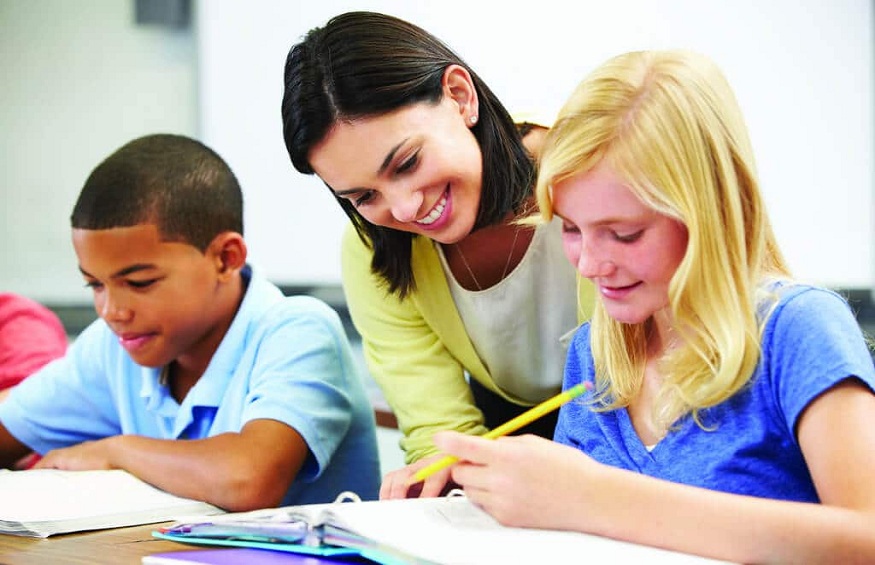The “Singapore Method”: A new way to re think space in the classroom

What is the Singapore method?
Since 1995, Singapore has been at the top of international studies on education systems (TIMSS studies 1995, 1999 and 2003). It was therefore legitimate to ask “but how do they do it? “.
As for the method of teaching mathematics, known as “Singapore”, it is in fact a synthesis of numerous didactic and pedagogical practices . Intended for primary school pupils , from CP to CM2, it covers all the elements of the mathematics programs (geometric shapes, time, currency, fractions, the 4 operations, etc.). It is recorded in specific manuals, which several countries have successfully adopted: the United States, Israel, India and Finland.
In reality, it is as if the students were doing mathematics without realizing it. Observe and manipulate in a concrete way, to gradually move on to a more abstract application and thus decipher what underlies the symbols and mathematical figures.
A progression from the concrete to the abstract
The Singapore method starts from the concrete with familiar everyday objects and then goes through the image. At the end, we arrive by the abstract of the different laws and principles of mathematics:
- Mathematical notions are first embodied in the manipulation of objects (which is reminiscent of the Montessori method ). To approach the number 10: a stack of 10 cubes. This is the concrete step.
- Then the objects are replaced by images that represent them, for example a 10 cent coin.
- Finally when students have become familiar with the concepts of the lesson, they will only work with numbers and symbols . They have now arrived at the abstract stage.
For some, there is not the slightest doubt: it is absolutely necessary to break with the class of the 19th century, that of the motionless and silent students who listen to the word of the master.
“”We stay in France in a world that is more of the 19th century”, says Peter Gumbel, journalist and English teacher (…). The students don’t work much in groups, which is the way of learning everywhere else. In French classes, there is no active student participation. We are in the idea of having the teacher, who transmits the lecture, with rather passive children. We have never changed the situation”, continues the journalist, who holds up the example of Singapore, at the top of the ranking: “there, we give the question, the students work in groups and look for the right answer. As soon as a student has it, he explains it to the others and everyone discusses. There is clearly a difference with French passivity.”
In France, 120,000 school children in 2,000 classes, from CP to CM2, study mathematics with the Singapore method No doubt we don’t have the perspective necessary to know whether or not it will have the same success in France as in the countries that followed Singapore. Because let’s not forget that in this digital age, algorithms and logic are never far away!
the TIMSS (Trends in International Mathematics and Science Study) 2015 survey on mathematics and science. Organized by the IEA (International Association for the Evaluation of Educational Achievement), the survey assesses the performance of students (CM1, 4e, Terminale) in maths and sciences, all over the world.






